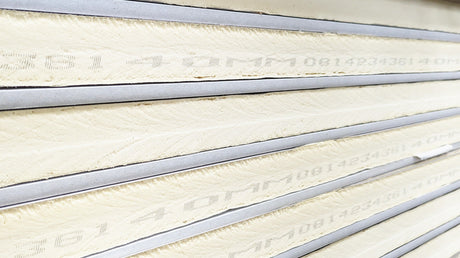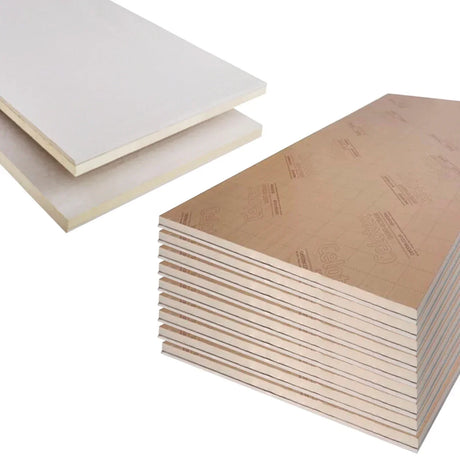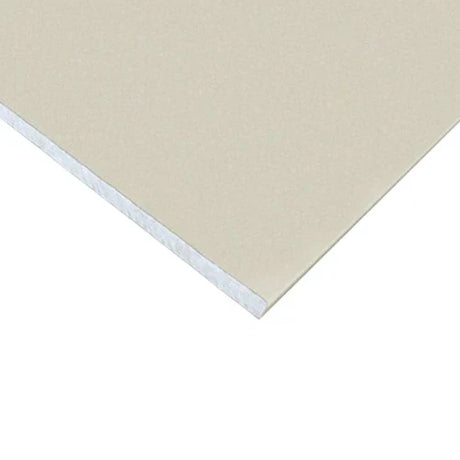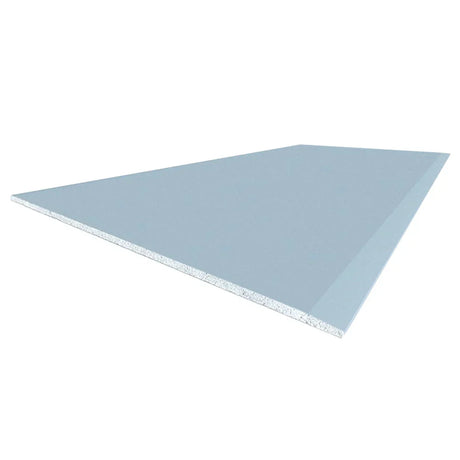Aluminium guttering offers numerous advantages that have contributed to its growing popularity in both residential and commercial applications across the UK. Understanding these benefits helps property owners make informed decisions when selecting rainwater systems that balance performance, aesthetics, longevity, and environmental considerations.
The exceptional durability of aluminium guttering represents perhaps its most compelling advantage. Manufactured from a naturally corrosion-resistant metal, quality aluminium guttering systems withstand decades of exposure to the variable British climate without degradation. Unlike ferrous metals that rust or plastics that become brittle with age, aluminium develops a self-protecting oxide layer when exposed to air, preventing further oxidation and maintaining structural integrity. This inherent corrosion resistance proves particularly valuable in coastal areas where salt-laden air rapidly degrades less resilient materials. Premium aluminium guttering systems from leading UK manufacturers like Marley Alutec and Alumasc typically offer 30-40 year warranties, reflecting confidence in the material's long-term performance capabilities under challenging environmental conditions.
The impressive strength-to-weight ratio of aluminium creates significant practical advantages during installation and throughout the system's lifespan. Despite weighing approximately 65% less than comparable cast iron systems, quality aluminium guttering offers excellent structural strength, allowing wider bracket spacing than plastic alternatives. This reduced bracket requirement not only streamlines installation but creates cleaner roofline aesthetics with fewer visible fixings. The light weight also substantially reduces structural loading on fascias and roof edges compared to traditional cast iron, an important consideration for older properties with potentially degraded timber supporting structures. The material's inherent strength allows it to withstand snow loading and ladder leaning without deformation, maintaining proper water flow angles even under significant weight.
Environmental sustainability increasingly influences guttering material selection for eco-conscious property owners. Aluminium offers compelling environmental credentials that distinguish it from plastic alternatives. The material is 100% recyclable without quality degradation, with recycled aluminium requiring just 5% of the energy needed to produce virgin material. Many premium UK aluminium guttering systems incorporate significant recycled content, further reducing environmental impact. The exceptional longevity eliminates the waste associated with periodic replacement of less durable systems, while the minimal maintenance requirements reduce the lifetime environmental footprint associated with cleaning chemicals and replacement components. For buildings seeking environmental certifications like BREEAM, these sustainability characteristics often contribute valuable assessment points.
The dimensional stability of aluminium in varying temperatures represents another significant advantage in the UK climate. With minimal expansion and contraction compared to plastic alternatives, aluminium guttering maintains consistent joint integrity throughout seasonal temperature variations. This stability eliminates the progressive joint loosening common with uPVC systems that expand and contract substantially between summer and winter conditions. The material's excellent heat conductivity helps quickly melt any accumulating snow, reducing the risk of ice dam formation and associated overflow problems during freeze-thaw cycles. These temperature performance characteristics prove particularly valuable in regions experiencing more extreme weather patterns as climate change influences UK weather conditions.
Aesthetic versatility allows aluminium guttering to complement diverse architectural styles from period properties to contemporary designs. Available in both half-round traditional profiles that echo cast iron heritage systems and modern box section designs for minimalist buildings, aluminium guttering offers exceptional design flexibility. The powder-coated finish available in multiple RAL colours provides remarkable visual options from heritage black that resembles traditional cast iron to contemporary anthracite grey or custom colours matching specific design schemes. For renovation projects, aluminium offers profiles that visually reference traditional materials while providing modern performance advantages. This aesthetic adaptability makes aluminium suitable for applications ranging from listed building renovations to cutting-edge architectural designs.
Fire safety considerations increasingly influence building material selection, particularly for multi-storey or multi-occupancy structures. Aluminium guttering provides excellent fire resistance as a non-combustible material, typically achieving Class A fire ratings in accordance with BS EN 13501-1. This characteristic proves particularly important for buildings requiring compliance with updated building regulations following the Grenfell tragedy and subsequent regulatory reviews. The non-combustible nature reduces fire spread risk via the roofline, an important consideration in terraced or semi-detached properties where fire containment between adjacent buildings represents a critical safety factor. For commercial properties with specific insurance requirements, this fire performance often influences material approval and associated premium calculations.
Low maintenance requirements offer practical advantages throughout the system's lifespan. Quality powder-coated aluminium requires minimal intervention beyond basic periodic cleaning, with no need for painting or protective treatments. The smooth, non-porous surface discourages moss and algae accumulation compared to textured alternatives, reducing cleaning frequency in heavily vegetated areas. The material's resistance to UV degradation prevents the colour fading and embrittlement common with plastic systems, maintaining both appearance and performance without intervention. For properties with difficult access or for owners preferring minimal ongoing maintenance commitments, these characteristics provide significant practical advantages beyond pure performance considerations.
Wind resistance becomes increasingly important as UK weather patterns show more frequent storm events. Aluminium guttering's inherent strength combined with secure mechanical jointing creates exceptional resistance to wind damage. The system's structural integrity prevents the joint separation and profile distortion that often afflicts plastic systems during strong gusts, particularly important for exposed locations or taller buildings where wind forces intensify. The secure connections between components maintain weathertight integrity even during severe weather events, preventing the leaks that commonly develop in less robust systems under similar conditions. This resilience against increasingly frequent extreme weather proves particularly valuable as climate change influences UK meteorological patterns.
The professional installation process for quality aluminium systems incorporates sophisticated jointing methods that ensure long-term integrity. Modern aluminium guttering typically features either mechanical joint systems with EPDM gaskets or concealed expansion provisions that accommodate minimal movement while maintaining watertight connections. These engineered joining methods significantly outperform the simple push-fit connections common in plastic alternatives, providing decades of leak-free performance without gradual degradation or loosening. While requiring somewhat more skilled installation, these superior connections eliminate the progressive failure common at joints in less sophisticated systems, protecting the building fabric from water damage throughout the guttering's extended lifespan.









